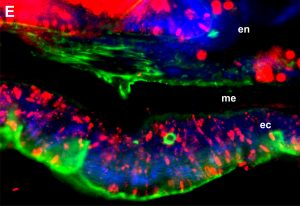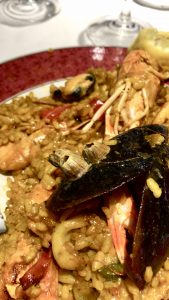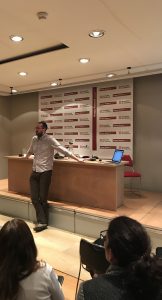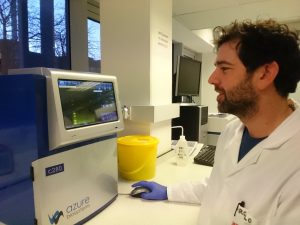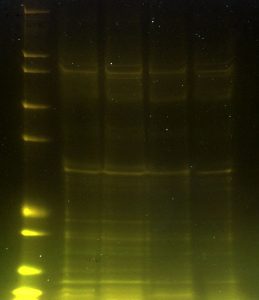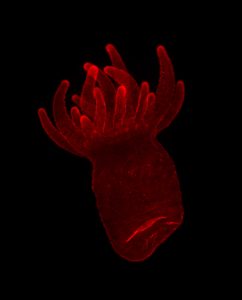So we’ve had our summer holiday fun, now to get back into “the flow” of the lab! 😉 (not that we haven’t been working hard over the summer too!). We have lots planned coming up, so keep an eye out for a range of updates!
One thing we have been working on is practicing some removal assays! what are they I hear you ask? Simply, we attach some anemones to slides of different surface chemistries/textures, put them in a machine which flows water over them at specified flow rates, and we see how many are stuck on at the end! Here is a little clip of some of our anemones in the flow cell. Keep an eye out for the guy in the middle of the middle slide. You can see it peel off in stages!
Now, why on earth would we need to do this? whats the point? the first aspect is part of seeing how strongly they adhere to surfaces. This will be combined with other measurements in other experiments to give a good idea of just how strong they stick and how good their glue is!
The other component of this particular experiment is to see how their ability to stick to DIFFERENT surfaces changes. Maybe they stick better to one type compared to another? This will contribute to characterizing their adhesion, but also, seeing as we are part of a bio-fouling research group!; we can see which type of surfaces are less likely to be colonized by this species. This is important information when you don’t want sea life growing all over your boat or other underwater structures.


